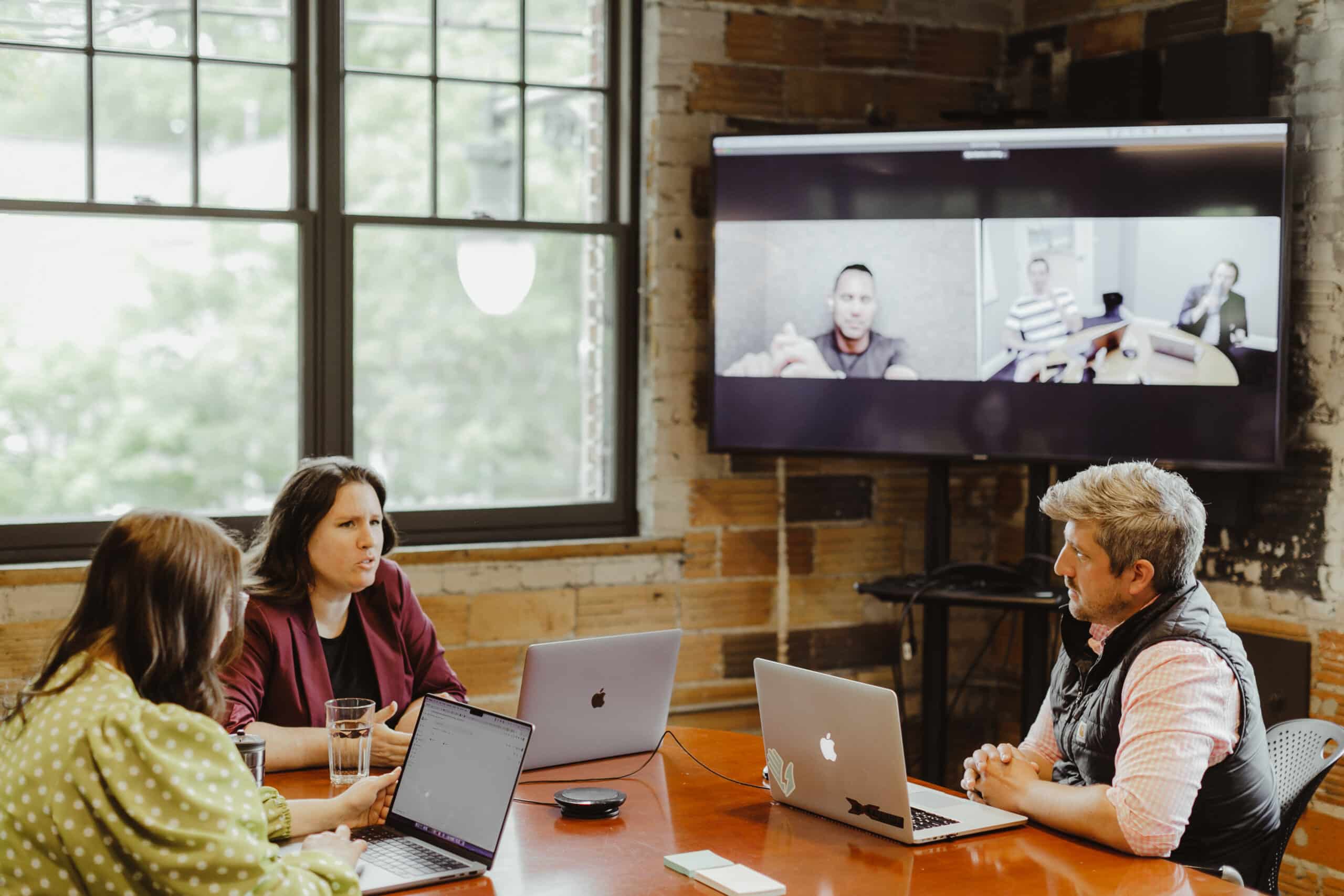Article summary
So there was this pandemic, and we all had to quickly adjust to doing our jobs completely remotely. It was tough, but there was some grace to any hiccups that occurred along the way. And then, the pandemic kept going, so we got good at doing our jobs 100% online. Zoom links were now a part of every meeting invite. And then using tools like Miro and FigJam became second-nature.
Then, in my case, and I suspect the case of other Design Leads out there, our clients weren’t local anymore, so we kept doing everything virtually — even though we were back in our offices.
But now, after two and a half years, I was able to host an in-person workshop… and it kicked my butt! Even though it was challenging, I want to share my tips for prepping and hosting an in-person workshop.
Setting the Agenda
At least a week before the actual workshop, I was planning all the details. It was important for me to get the agenda finalized as soon as possible so that I could be mentally ready for the meeting. This meant understanding exactly what I needed to learn from the stakeholders and planning (then revising) which exercises I wanted to do. My colleague Kim Crawford has an excellent series on all our favorite Design Thinking activities. I definitely went there for some inspiration!
When you set the agenda, don’t forget to account for how much time each activity should take. We got used to how quickly a virtual workshop can go. Typing out stickies is faster than writing them by hand. Sharing out is quicker in a remote meeting because it is only a matter of unmuting. That’s opposed to an in-person workshop where you’re getting out of your seat, walking up to the canvas, putting the sticky up, and then sharing out verbally as well. Oh, and don’t forget, real stickies don’t always stick on a humid day, so expect some delays when they start falling. Oh, bother!
Prepping the Room
Tools like Miro and FigJam have some pretty snappy templates that you can just use to populate a “whiteboard.” But in the “real world” (that’s what I call it now), we have to make all of our activity boards by hand. It’s not exhausting, but it does take a bit of time. This means booking the conference room the afternoon before a morning meeting, or the morning of an afternoon meeting.
Get rid of anything in the room that doesn’t need to be there by hiding charging cords and speakers, and make sure the room is clean.
Also, make sure every participant has ample supplies of stickies, stickers, pens, and markers at their spot and ready to go.

Snacks!
And most importantly of all, give everyone ample snacks, coffee, water, tea (or whatever they prefer). Our guests no longer have the ability to run to their kitchen five minutes before the meeting starts. Set them up nicely!
Easing into the In-Person Workshop
If, like me, you’re transitioning back to in-person events after a couple of years of remote ones, remember to give yourself extra prep time. I hope these tips will help you the next time you host an in-person workshop.

